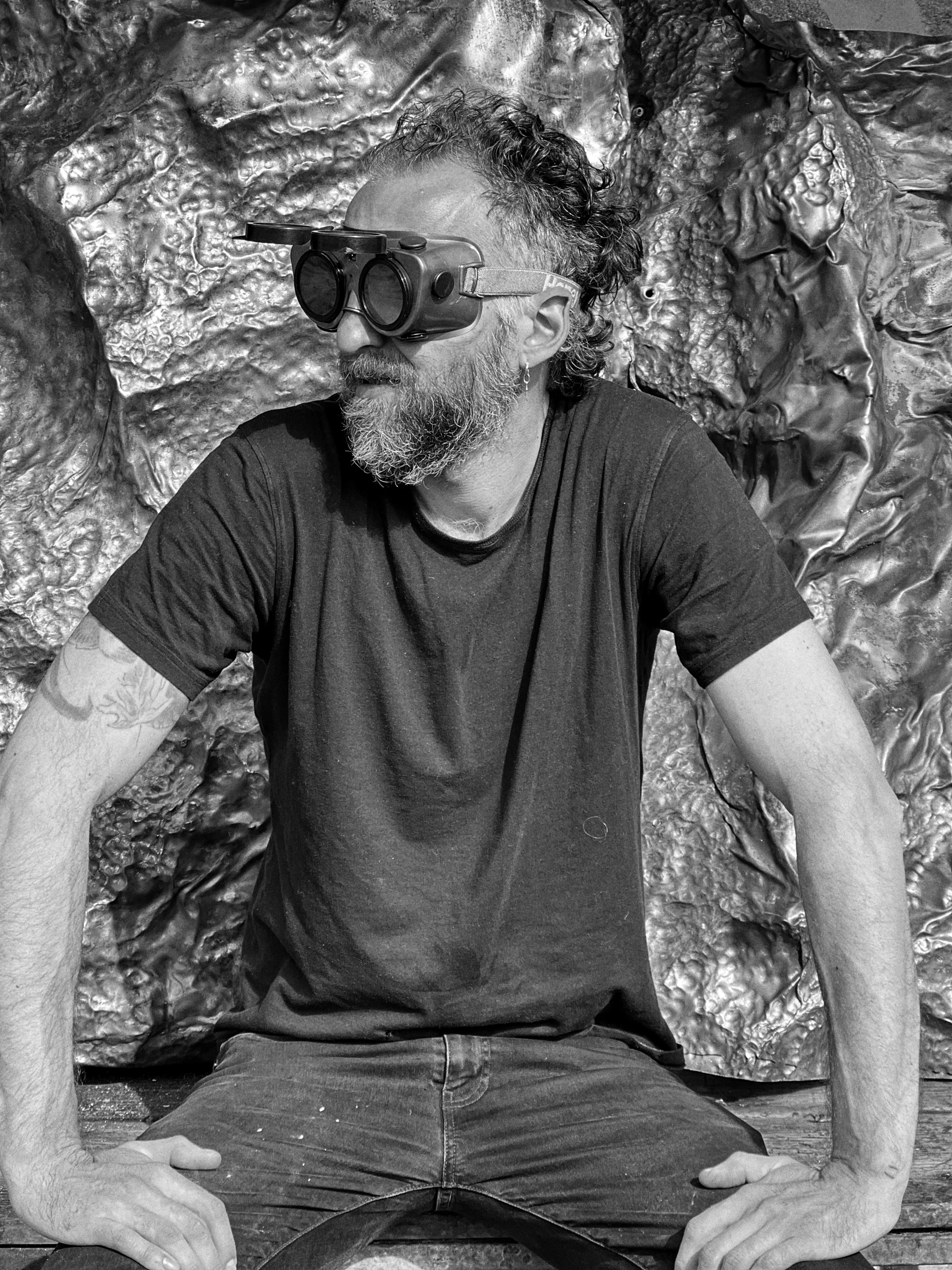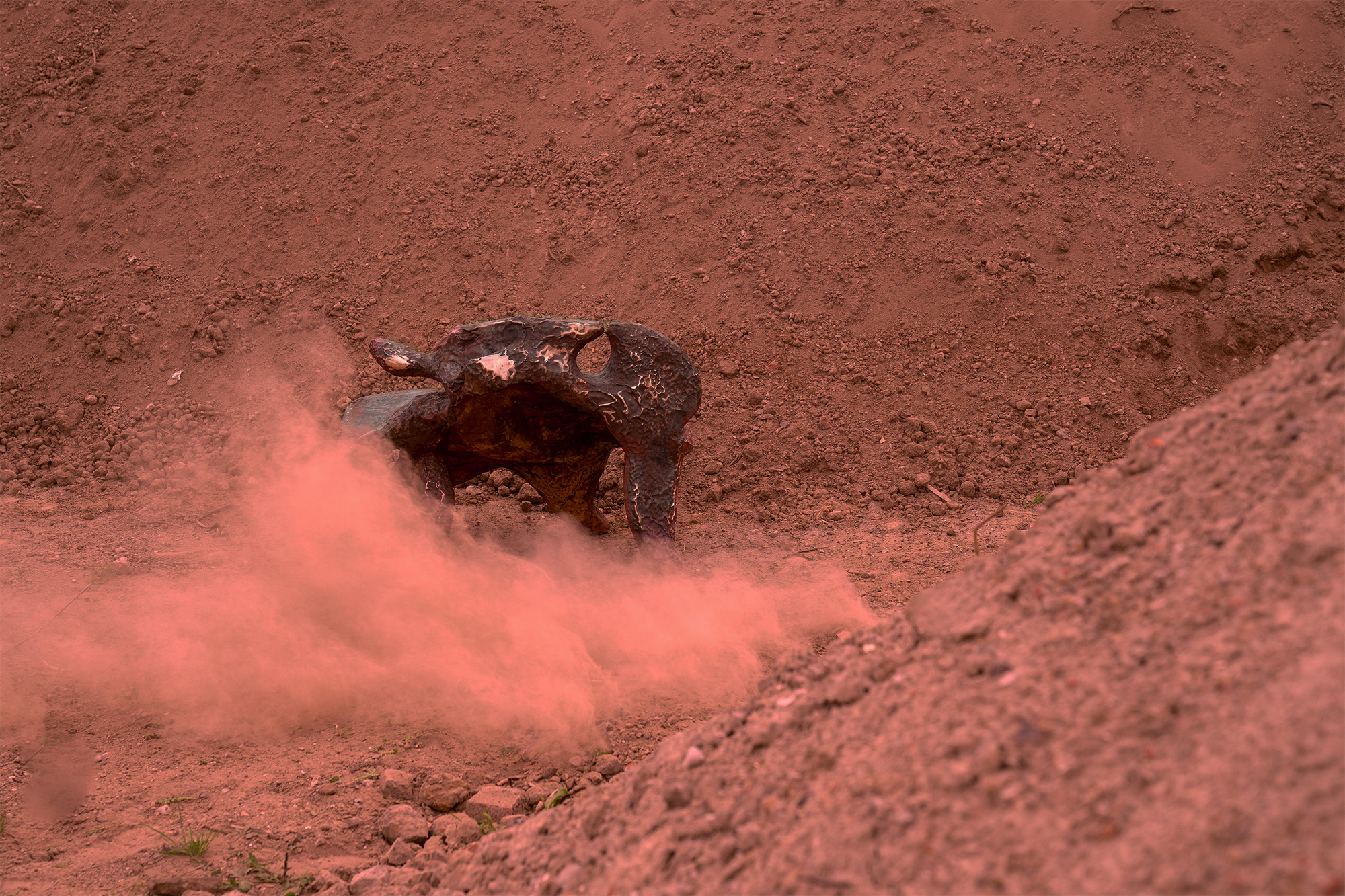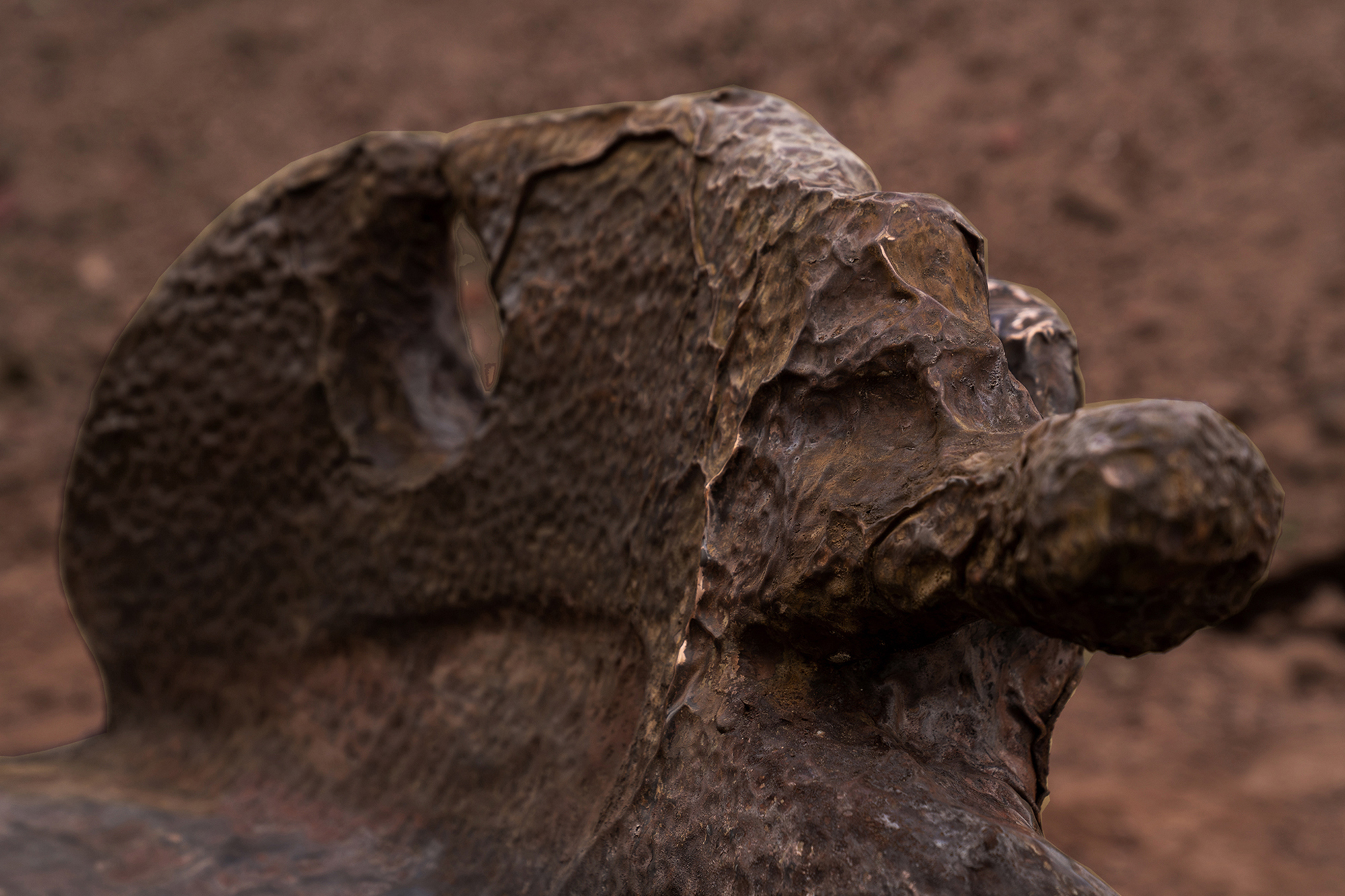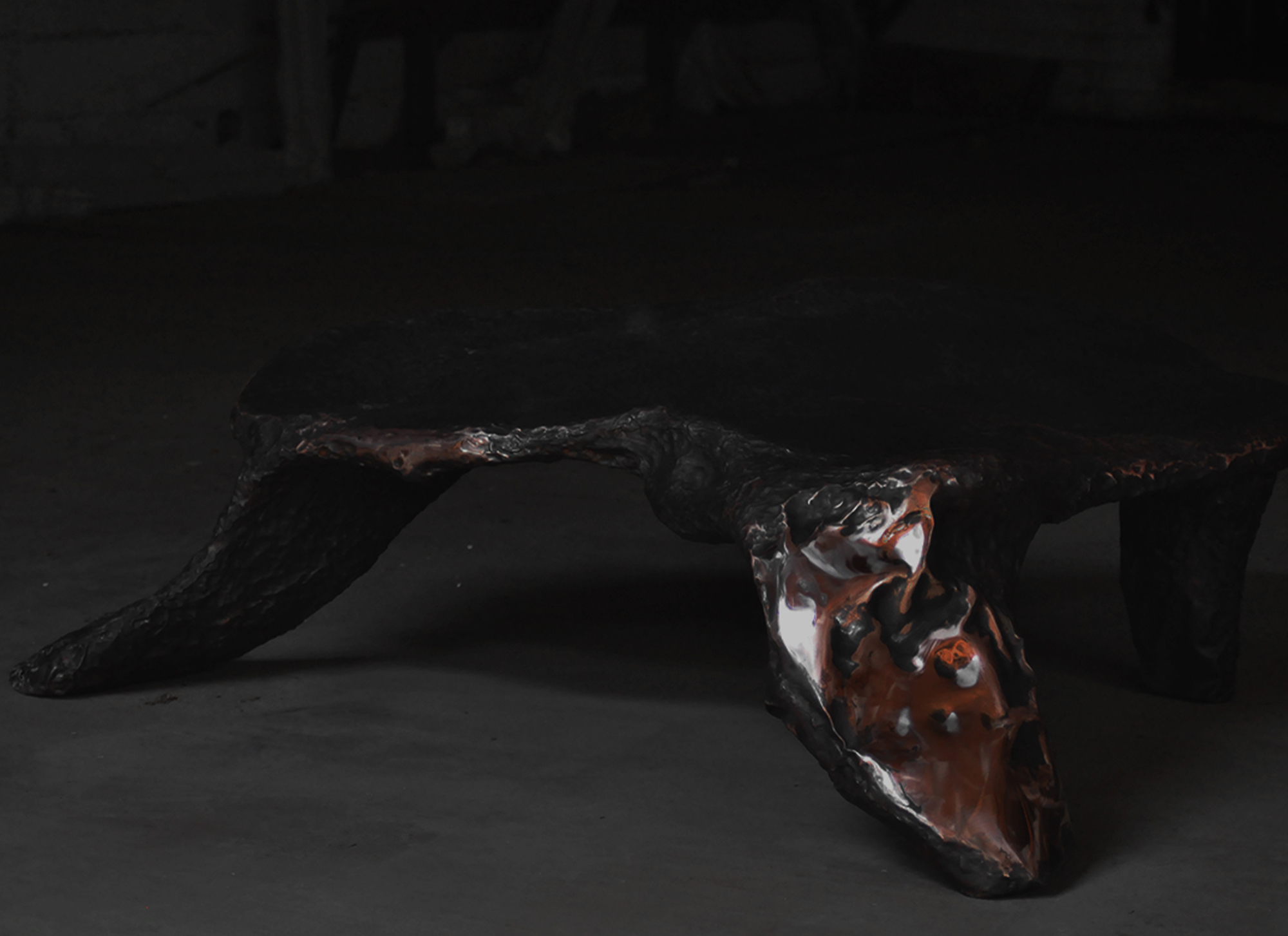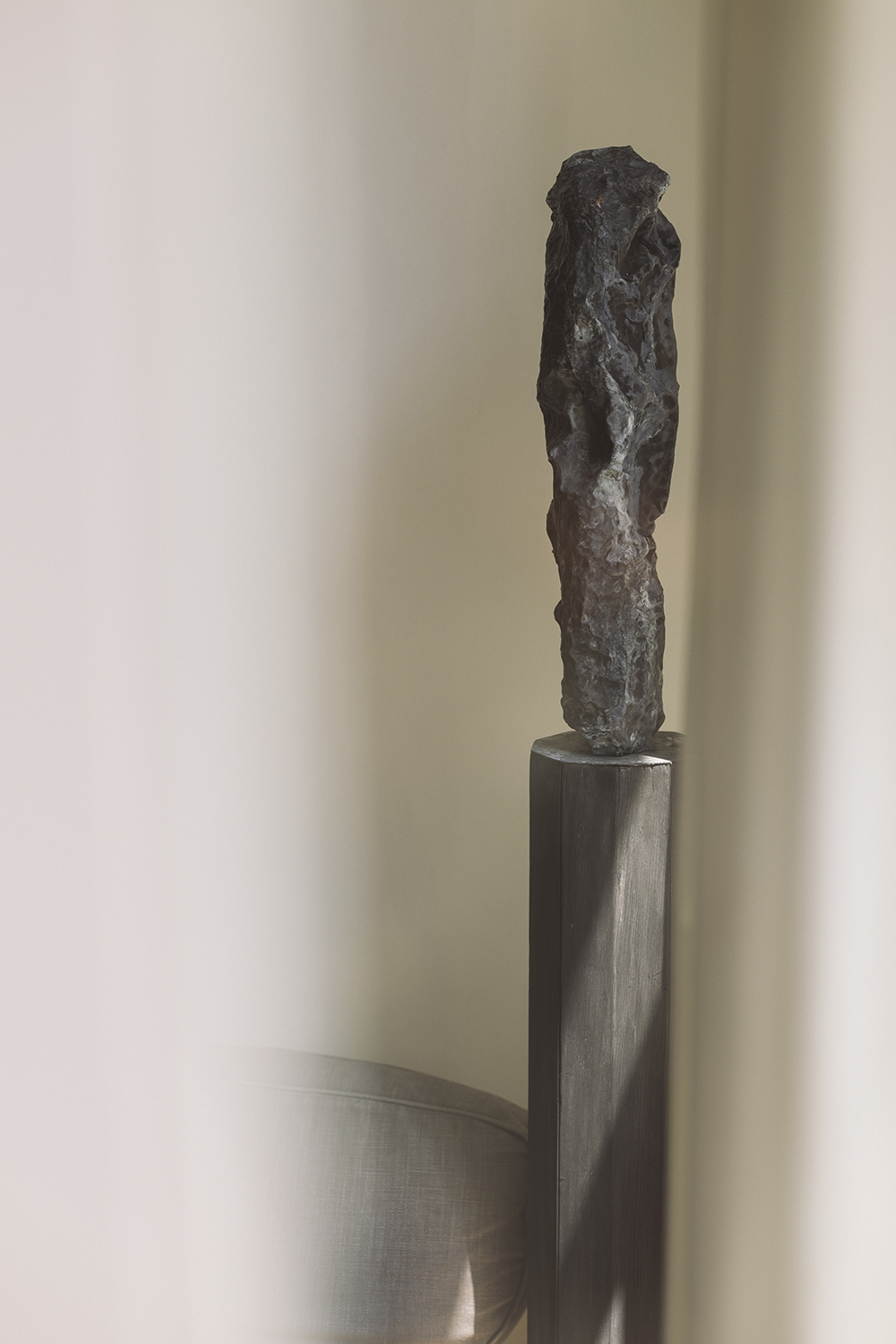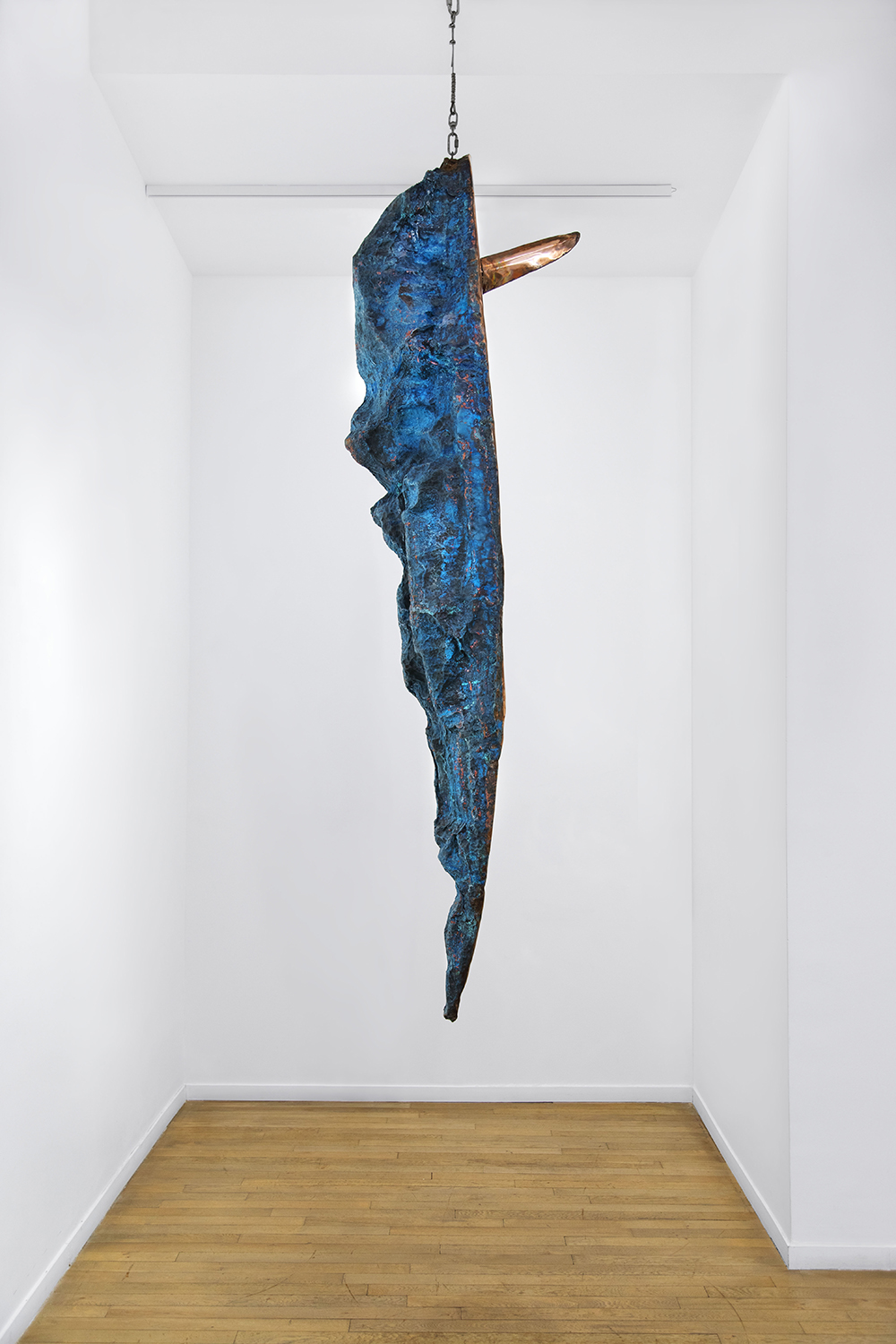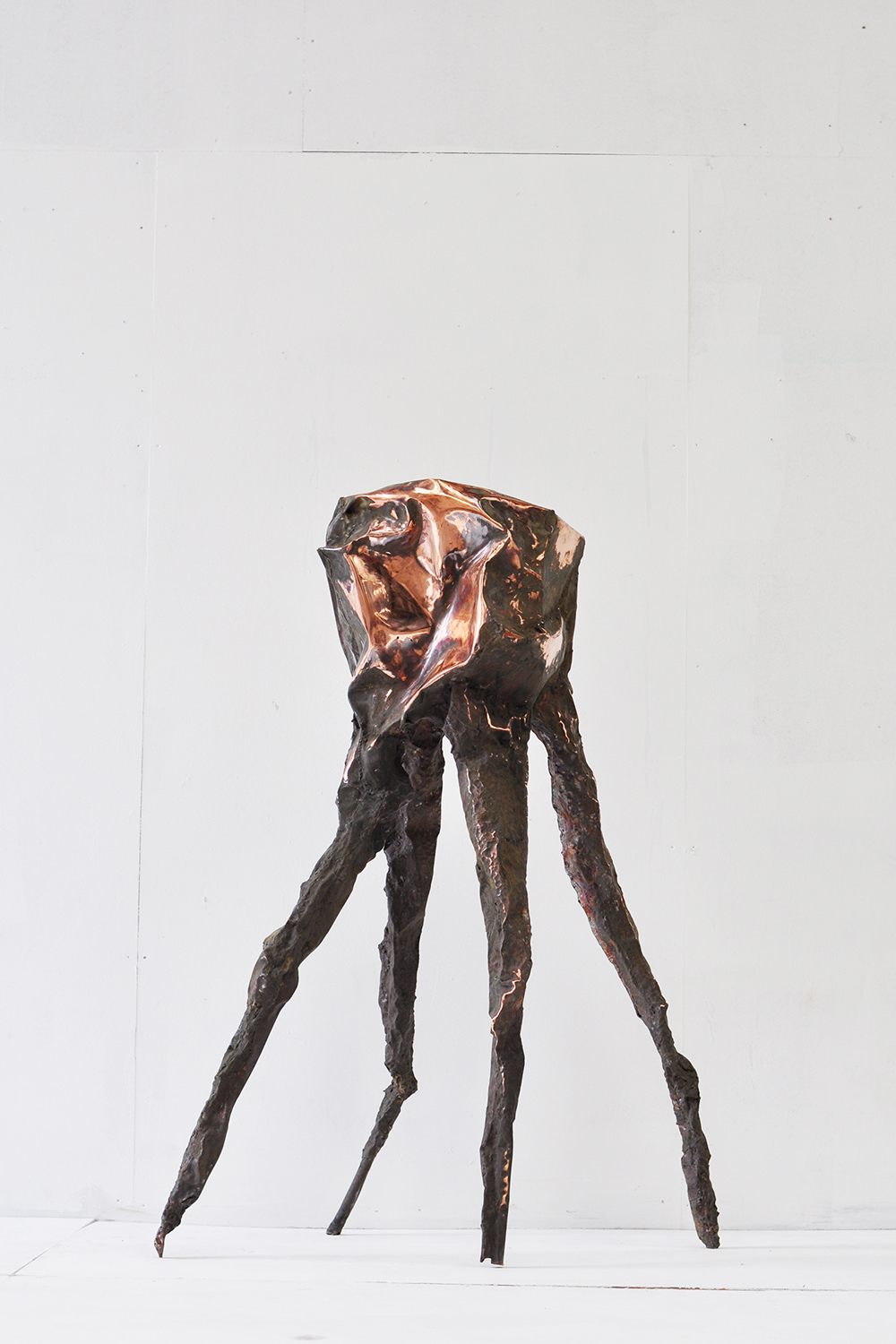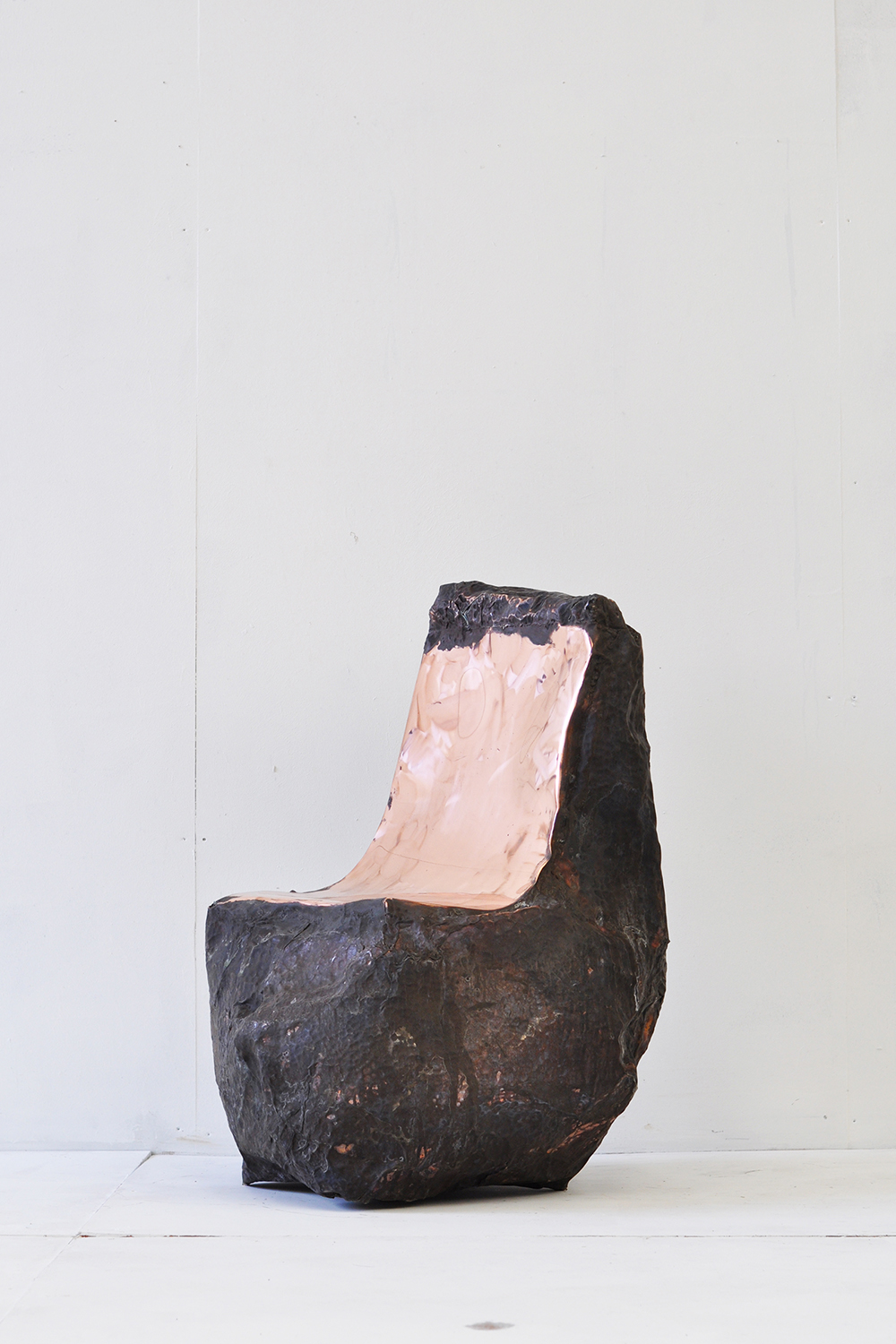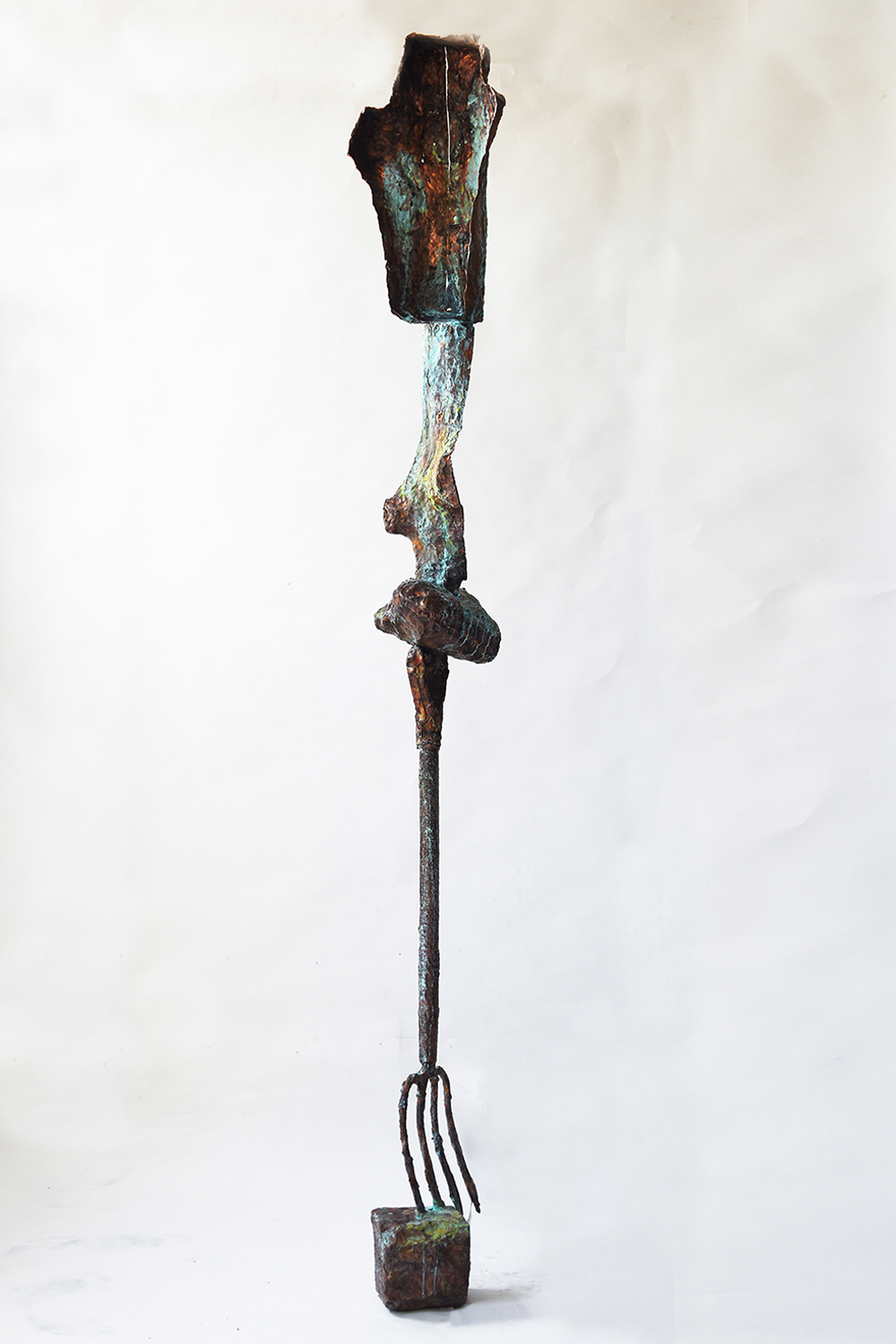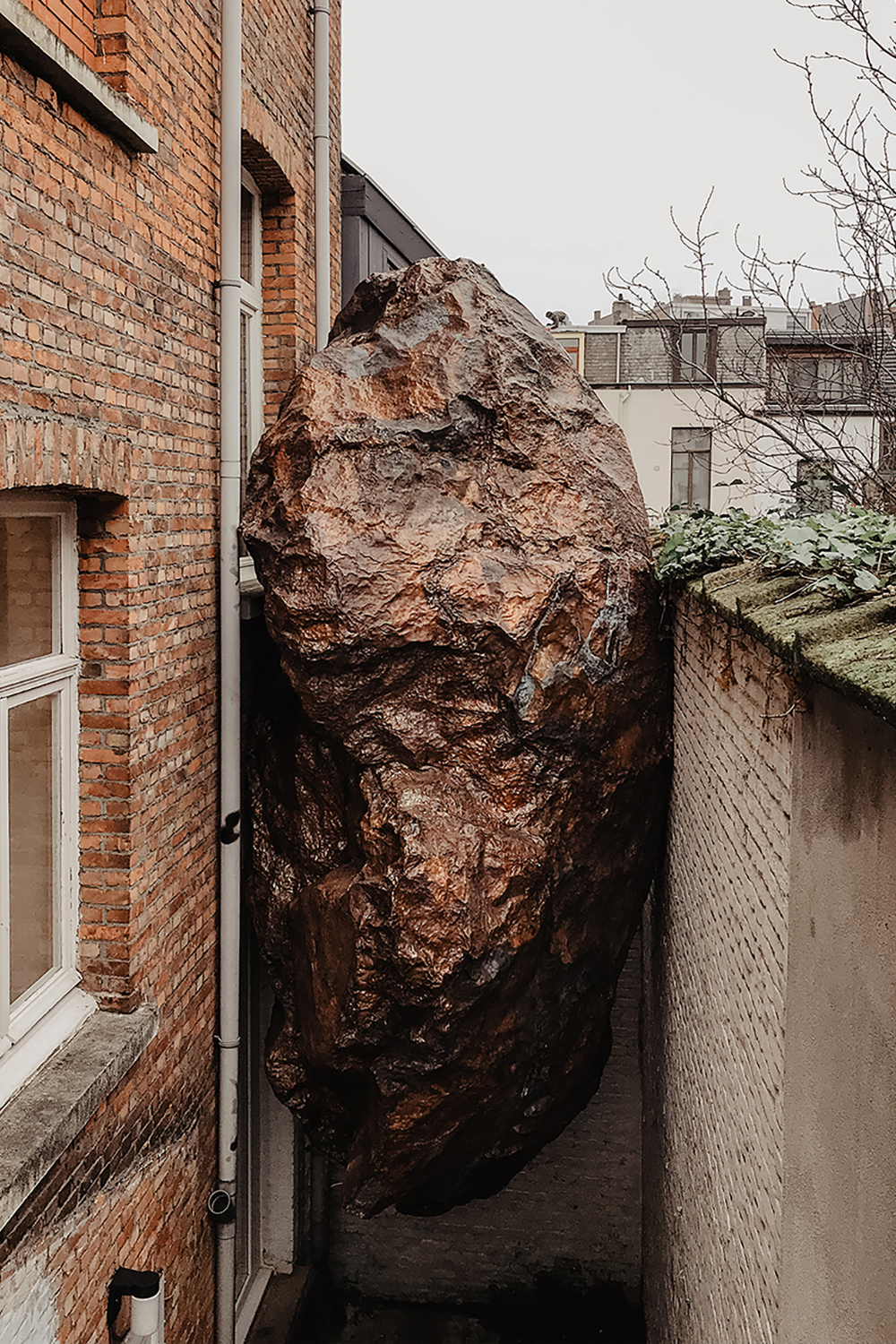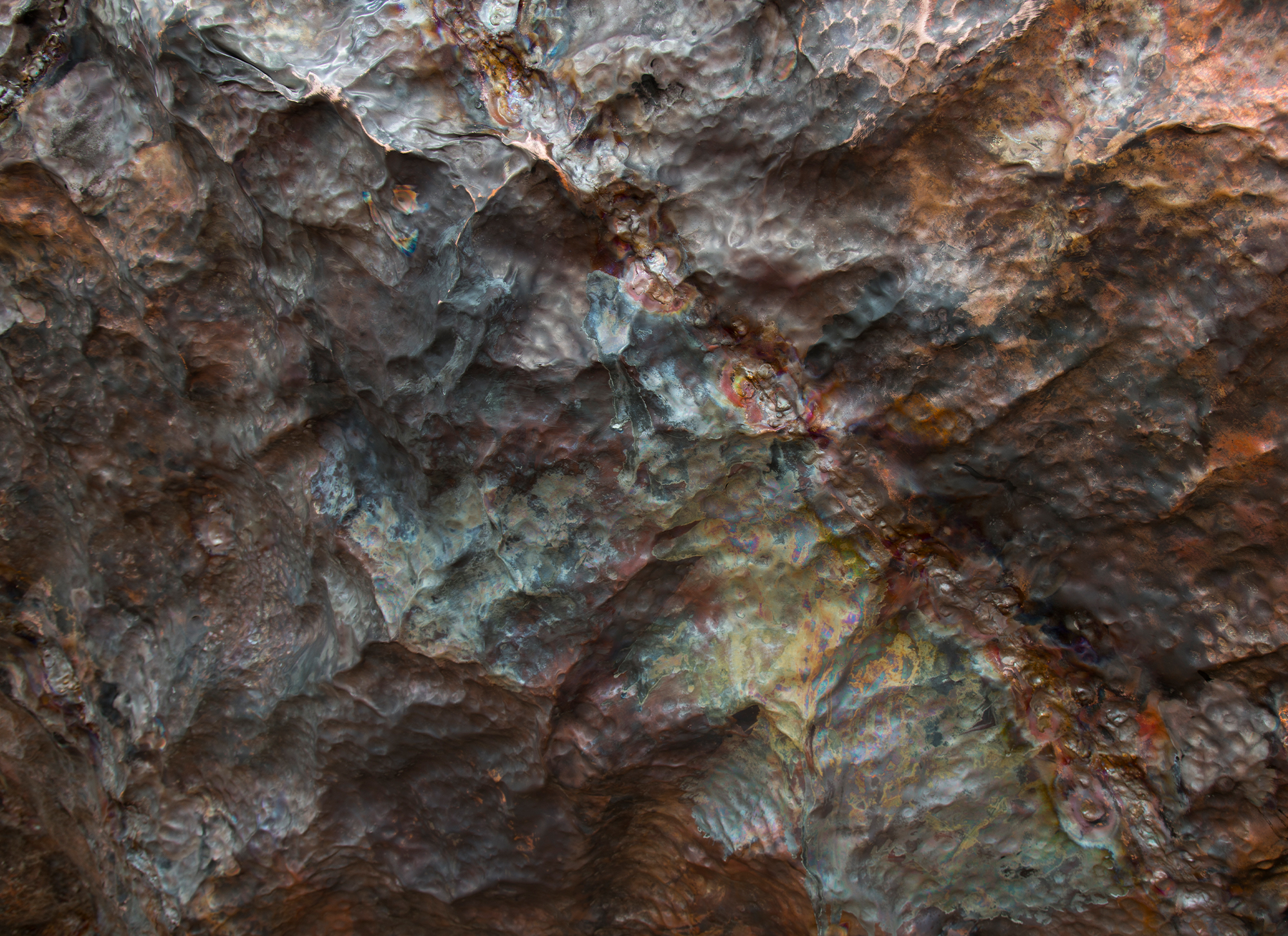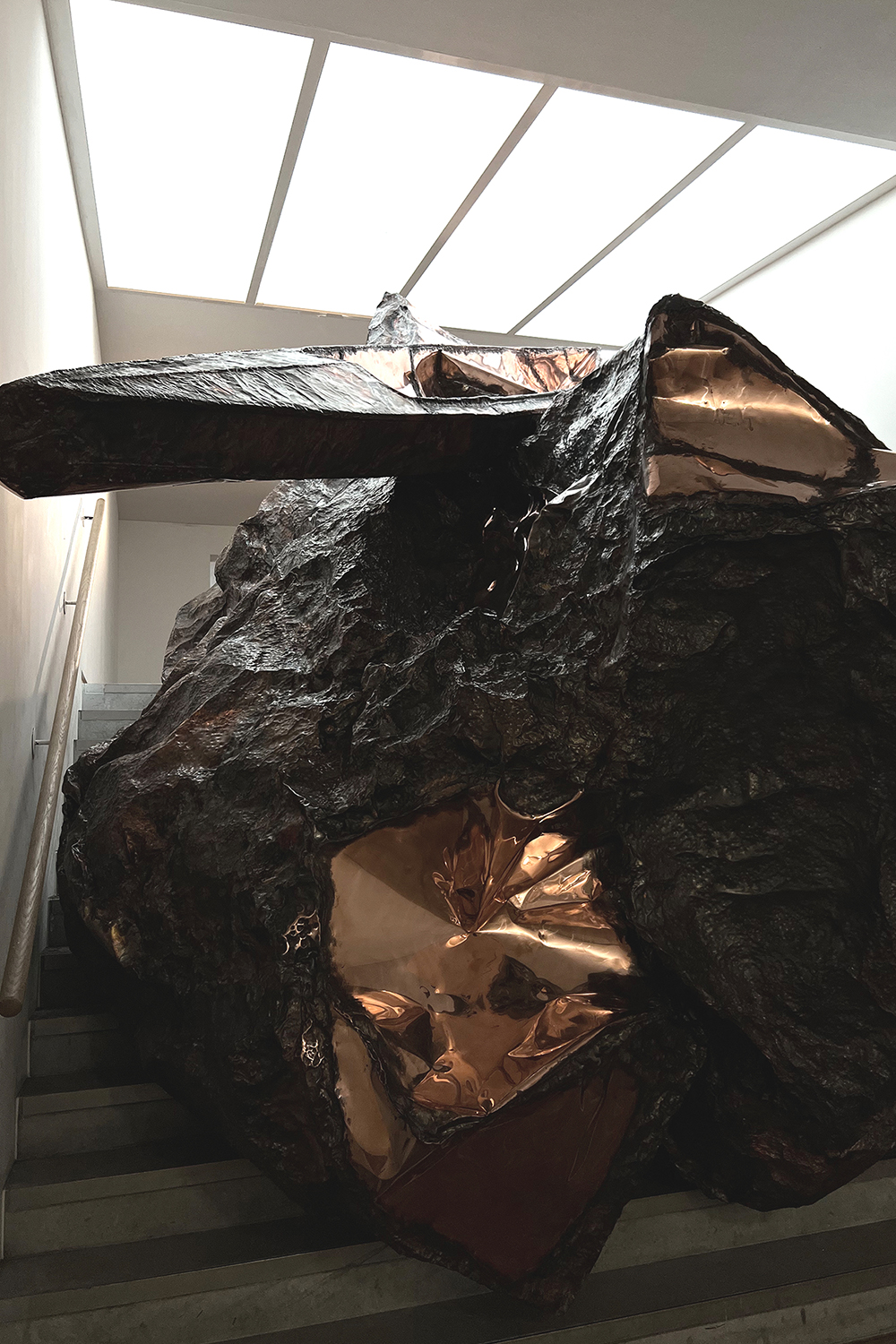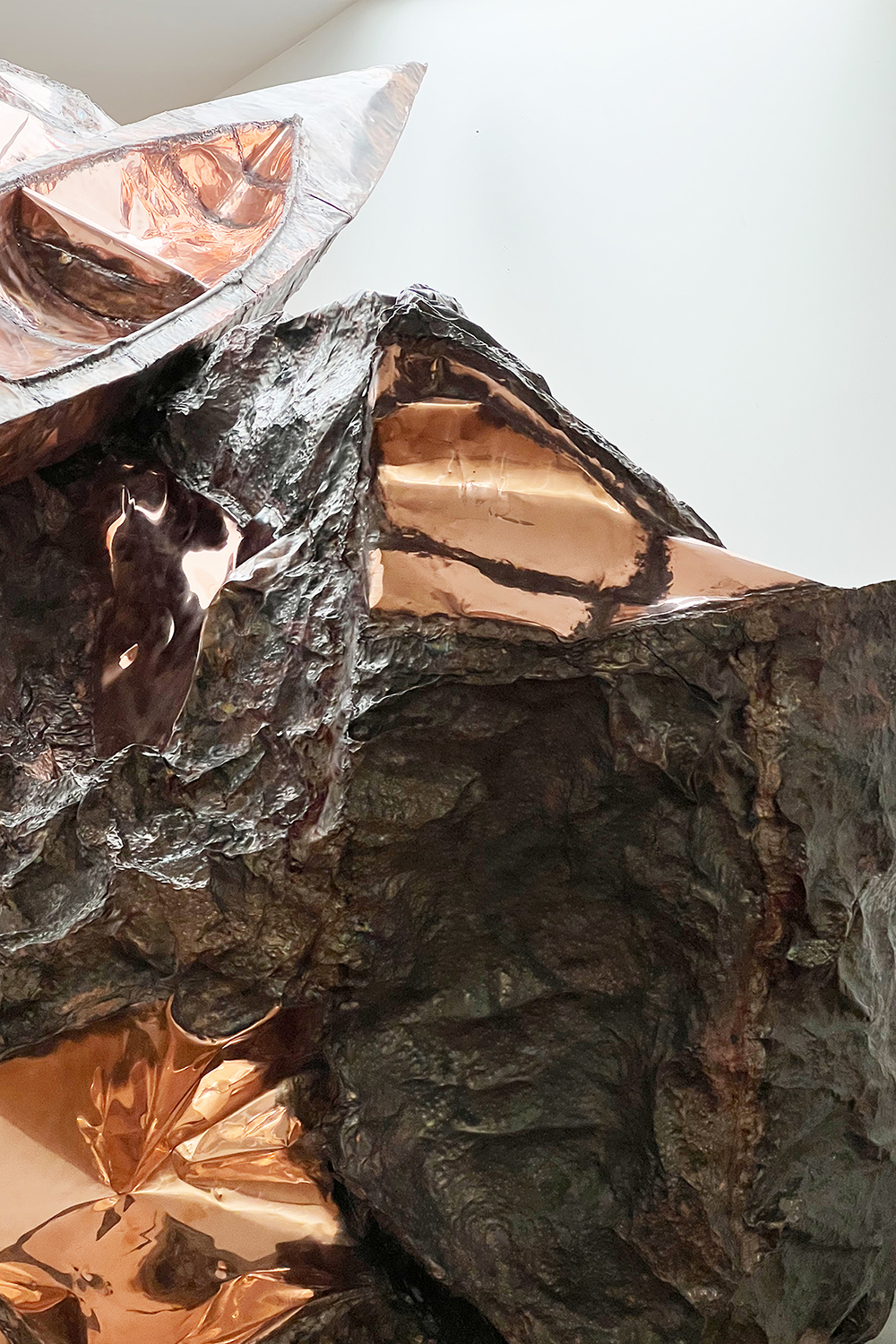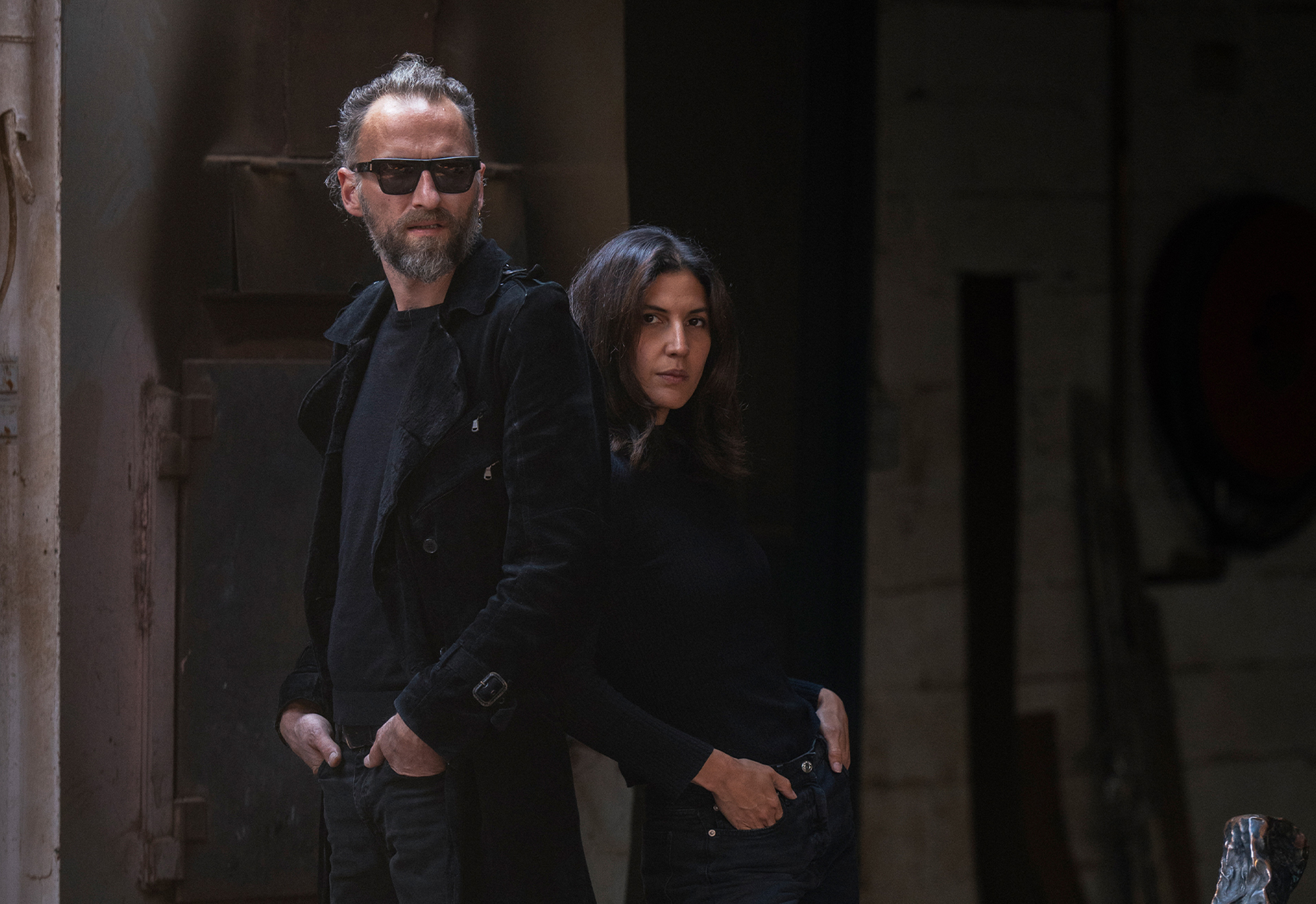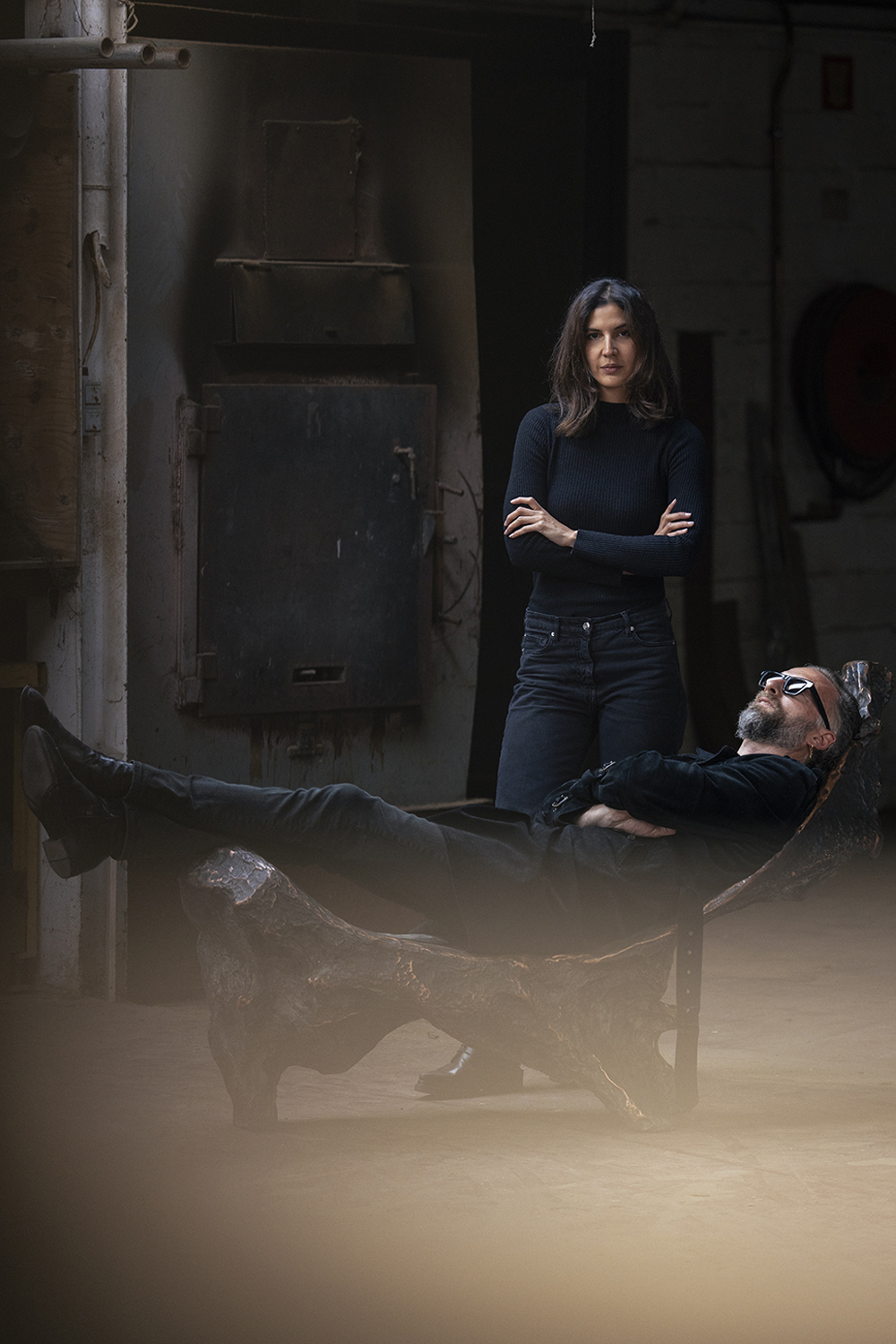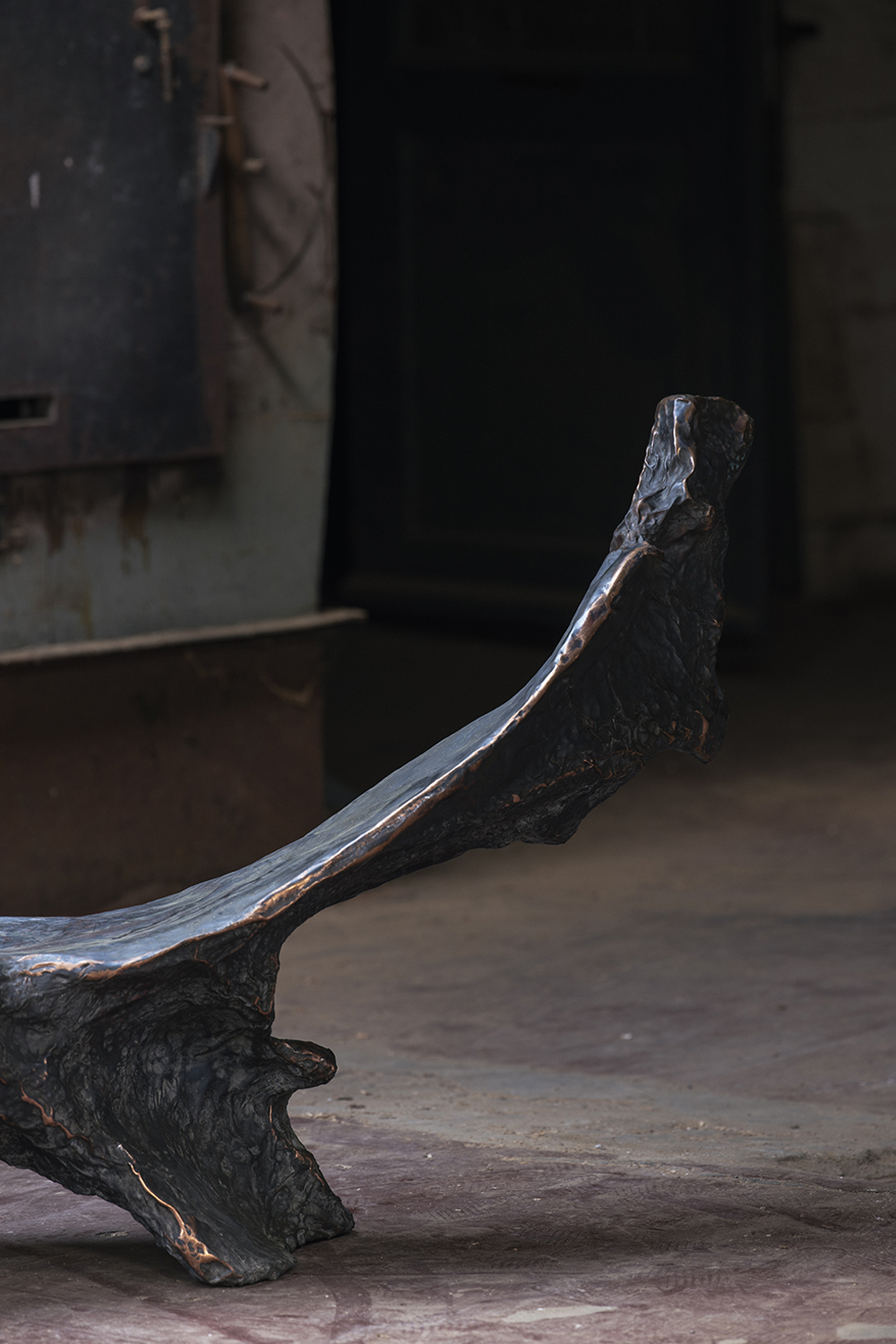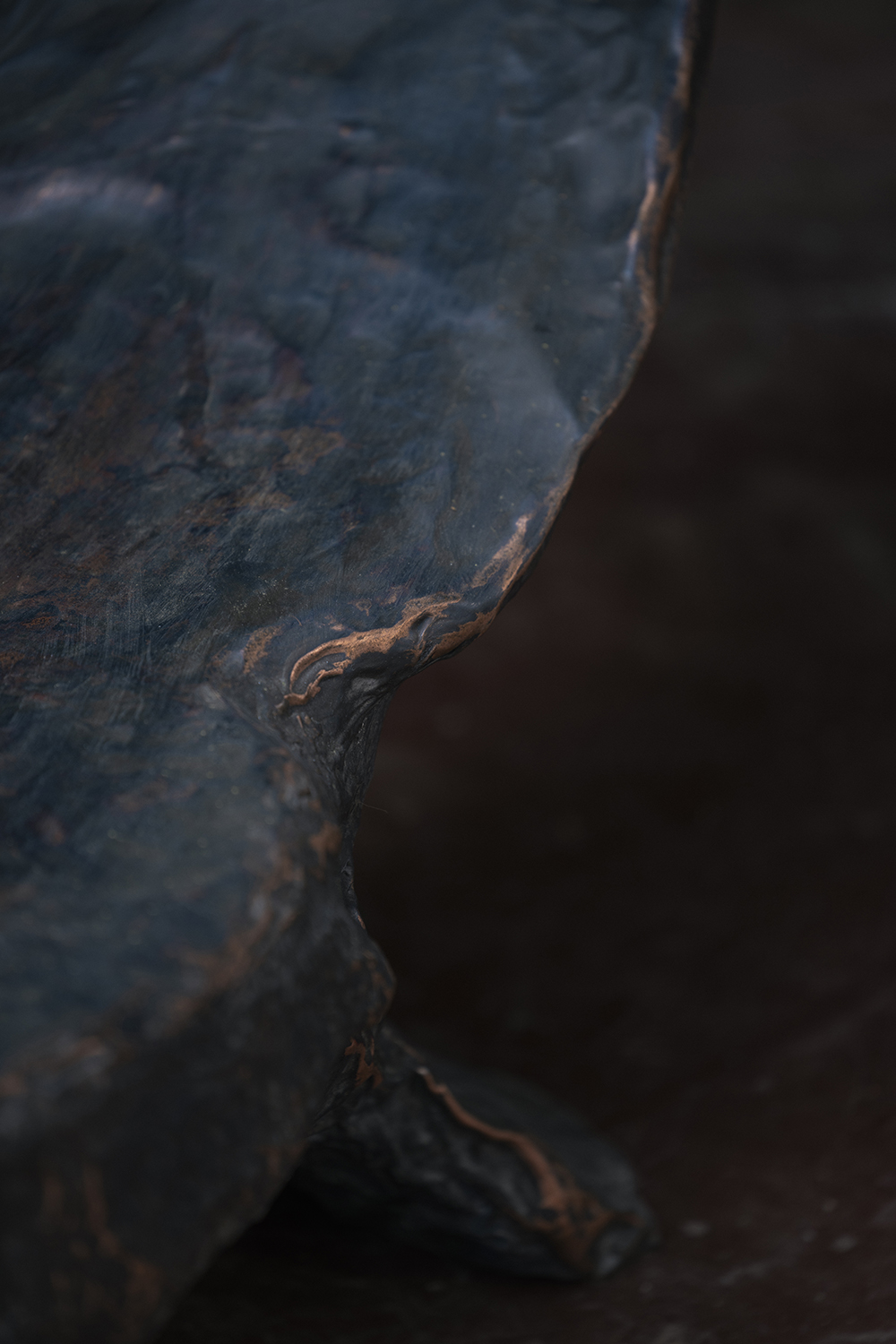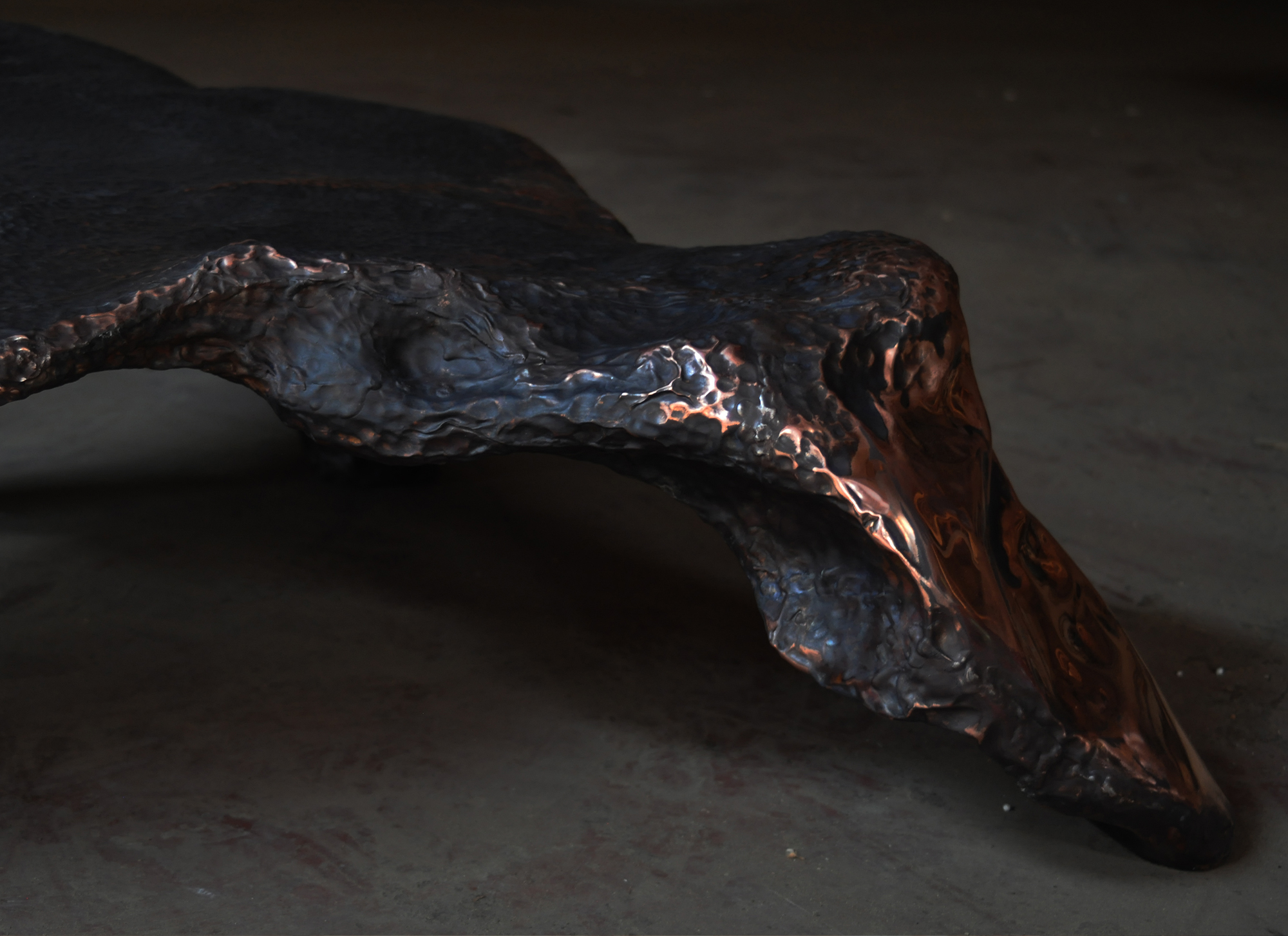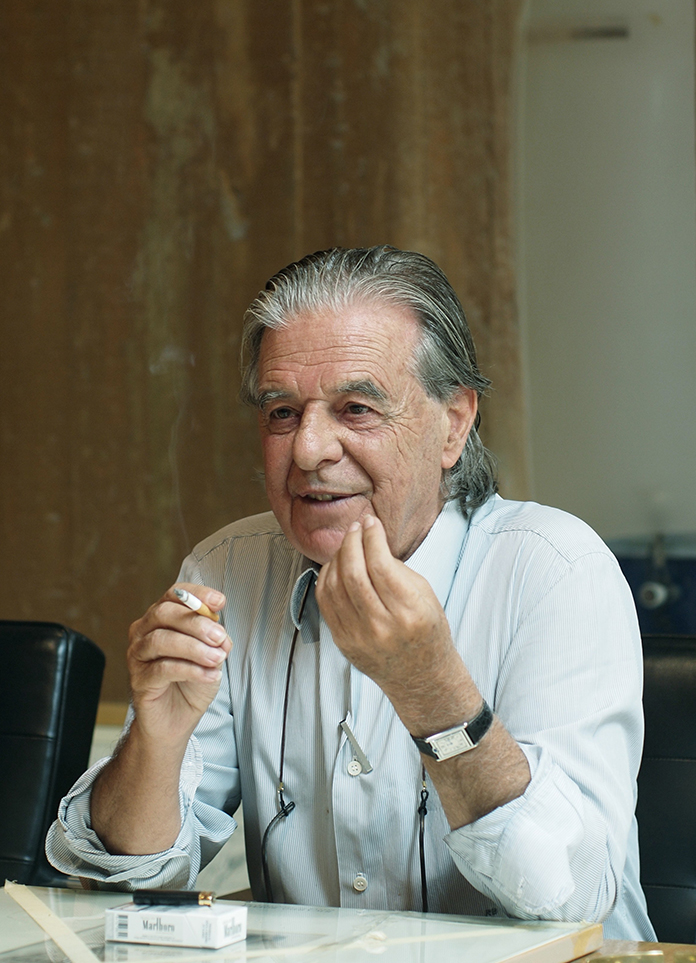- ARTIST
- Marius Ritiu
Marius Ritiu‘s own experience as a travelling artist and an immigrant, continuing crossing borders and witnessing variations in culture, religion, nation, race– undoubtedly informs and anchors his practice. But what it more importantly grounds is the quest essential to Marius Ritiu’s work to comprehend and express the global through the local, the universal through the particular, the familiar through the alien. He believes that these are all connected.
A few years back Marius Ritiu started reading about what astronauts are calling “the overview effect”. They describe it as a life changing experience. The concept of the "overview effect" has gained attention in recent years, particularly among astronauts who have had the opportunity to view Earth from space. This phenomenon is described as a cognitive shift that brings about a profound and life-changing experience. Researchers have characterised it as a state of awe, accompanied by self-transcendent qualities, triggered by a visually striking stimulus. When personally experiencing the Earth from space, astronauts commonly report feelings of appreciation, a heightened perception of beauty, overwhelming emotions, and an increased sense of connection to both other people and the planet as a whole. This effect has the potential to bring about changes in one's self-concept and value system, ultimately leading to transformative experiences.
Marius RitiuI said: ”For remodelling our society and achieving peace on Earth we would need to send 7.8 billion people to space for a few days, so that they can see with their own eyes how insignificant we are as a planet and as a human race in the vastness of the universe and how ridiculous all these imaginary dividing lines that we invented here on Earth are. Instead of being celebrated, our differences are made into symbols and ideologies meant to divide; they are turned into borders. ”
Ritiu’s work to comprehend and express as the familiar through the alien.Defamiliarization, as defined by the Russian formalists who coined the term, is an artistic technique that involves presenting familiar objects or concepts in an unfamiliar or strange manner. This technique aims to provide audiences with new perspectives and encourage them to see the world in a different light. It is considered to be the central concept of art and poetry.
